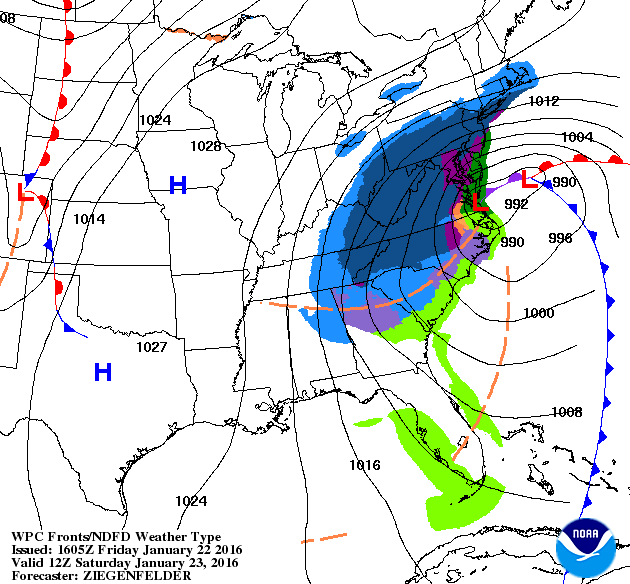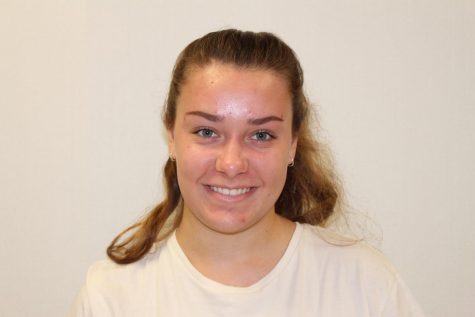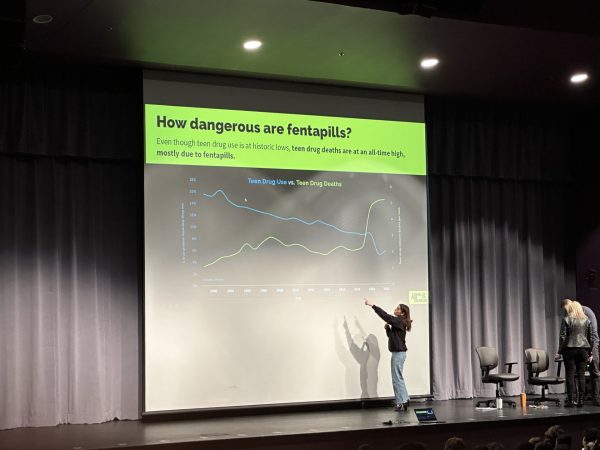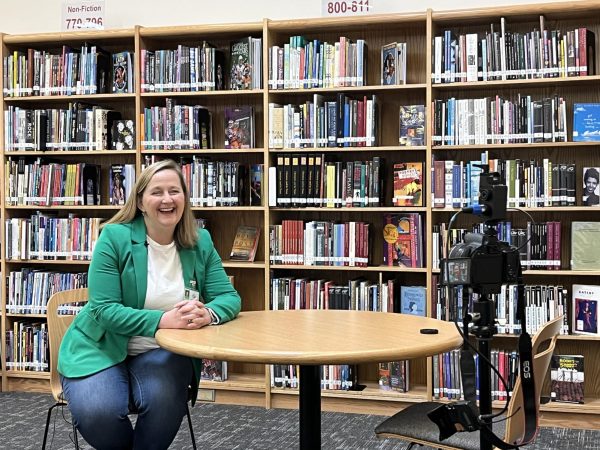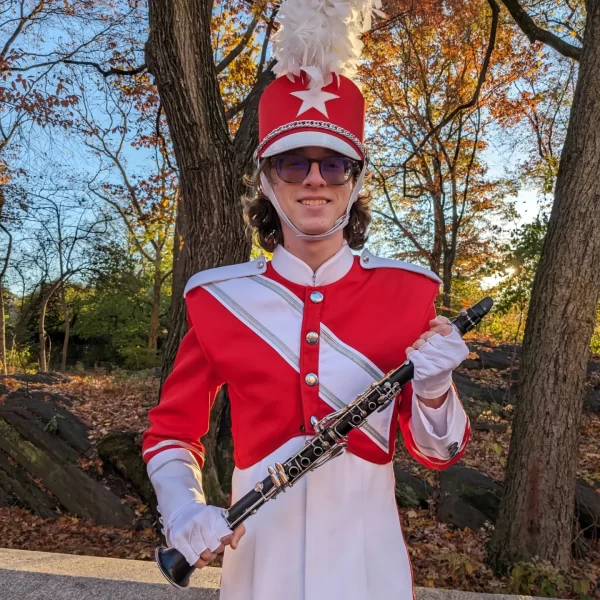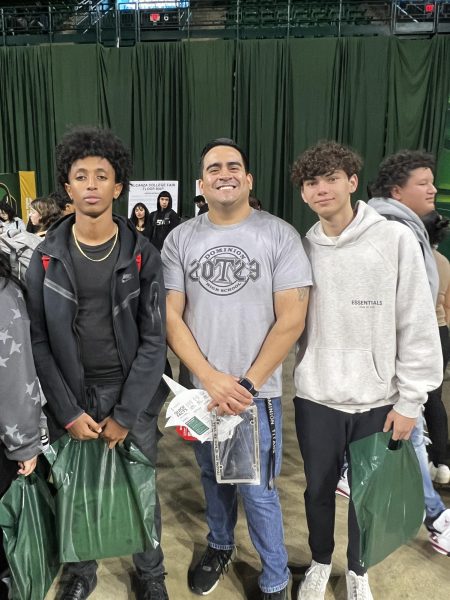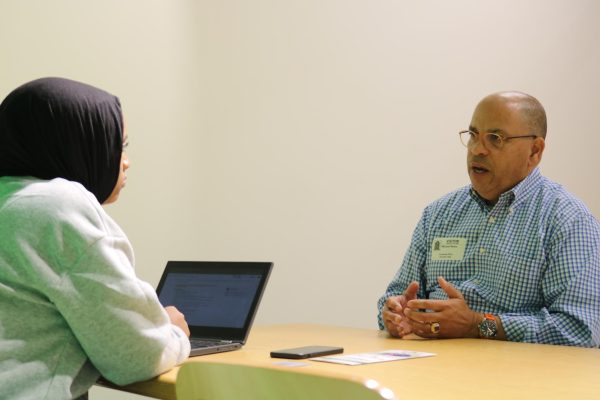It’s a No for Snow
Local meteorologists have bad news for students wanting a snow day.
So far this year we have gotten zero snow days, only one two hour delay, and 60 to 70 degree weather in February. According to Howard Bernstein, a WUSA 9 meteorologist, February is normally our area’s coldest and most snow filled time for weather. Now the big questions is… will we be getting any snow?
In the words of Bernstein, “While February and March is the time, historically, that we get our biggest storms, there is nothing on the horizon indicating any big snows for us.”
Bernstein also gave an explanation for this unusual weather, saying, “We started with La Niña, that is now over, but there has been a very persistent ridge across the Southeast and Florida which has prevented the jet stream from staying too far south and thus pushing the main storm track to our north and west. When storms pass north and west of us, we stay on the warm side of the storm and are much more likely to see rain than snow.”
With all the rain that Loudoun County is receiving in place of snow, the extra snow days are not being used. According to Wayde Byard, in 1991 LCPS adopted a fixed schedule that adds just a few extra minutes to each day. LCPS is able to maintain this schedule because they keep students in school for longer than the state average. The fixed schedule allows LCPS to eliminate Saturday School and no truncated vacations.
These extra minutes add up to approximately 15 days, which are often called “snow days”. The Commonwealth of Virginia allows a waiver if more than 15 days are used, but this has never happened. LCPS came close to hitting this number in 1993-1994 and 2013-2014 when 14 of these days were used.
If none of these snow days are used the schedule does not change, allowing people to plan their time off well in advance. While the School Board was considering changing it back a few years ago, the idea faced trouble when it came in conflict with parents who couldn’t find daycare for their children for those newly announced days off. Since then this discussion hasn’t come up since.
From a teacher’s and administrator’s perspective, snow does not drastically affect the functionality of Dominion. Karrie Rinder, an AP English teacher, says that depending on when the curriculum is taught, snow days can somewhat affect the classroom time. Although, she has a contingency plan where students can do the work even if they do not have school. She also added that she creates a plan for the whole year, so all necessary work can be completed, with no extra hours built in. The class agenda for each quarter in her class is put on her website as well, so students can keep up on their work.
Rinder does not assign any extra work during snow days and expects students to do work that was already preassigned, “The work is the work and it is already in place and they [the students] are going to do it regardless if there is snow or not.”
Jamie Braxton, an assistant principal, agrees with Rinder on how unexpected breaks affect school, and says, “If they do affect [the curriculum] it’s because we need to expedite it if we have less time. In other words, no. The teachers always seem to find a way.”
The lack of snow days might seem like a good thing for teaching, getting work done, and having students in school more, but it has a very negative effect on the student body. According to Braxton, the breaks that snow days give the students keep them refreshed and rested. Teachers and students are also more patient and less tired with the unexpected breaks. The warm weather and no snow days also gives the students a false hope by making it feel like spring instead of typical wintery weather during February and March.
On how teachers cope with snow days and stress, Braxton said, “People who work in schools are masters of flexibility. We are flexible about things that people who work other places could never adjust to. We’re excellent at teamwork, we just know how to make things work with young people. It’s actually amazing to watch, and people who we know who don’t work in schools, they can’t imagine doing what we do. We’re that good at it.”
According to AccuWeather.com, a La Niña occurs when sea surface temperatures in the central Pacific Ocean drop to lower-than-normal levels. Normally a La Niña leads to colder weather in the Northeast, unlike the warm weather we have been getting lately. The recent warm weather contributes to the jet stream, which is an air current, that causes the main storm that contains snow, to miss us, either going north or west of us. Because of this, we get weaker storms that give us rain instead of snow.



